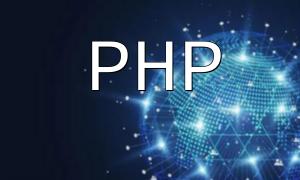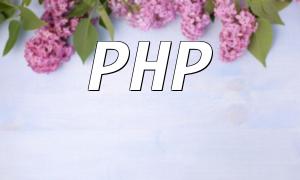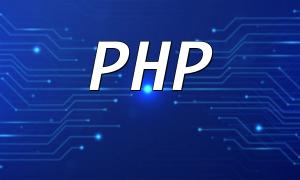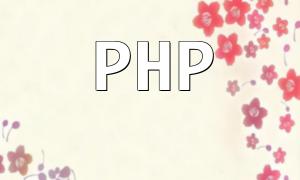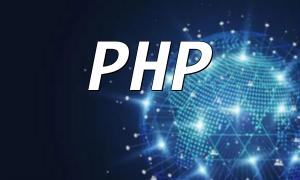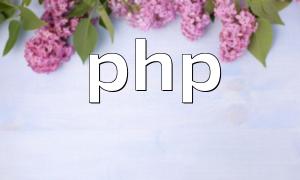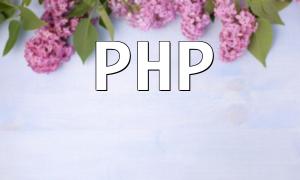In modern web development, **installing PHP from source on CentOS** is an essential technical step. By installing PHP from source, users can customize the installation to meet their needs, adding or removing features. This article provides a detailed guide to help you successfully install PHP on a CentOS system from source.
Before starting the installation, ensure that your CentOS system is up-to-date. You can update the system using the following command:
Additionally, installing the required dependencies is crucial. You can use the following command to install necessary development tools and libraries:
Next, you need to download the PHP source code from the official website. At the time of writing, the latest stable version is PHP 8.0.8 (please verify the latest version you need). Use the following command to download the PHP source code:
After the download is complete, extract the file:
Navigate to the extracted directory and configure the PHP compilation options using the following command:
This configuration includes several options, which you can modify based on your needs. After configuring, run the following commands to compile and install PHP:
Once the installation is complete, you need to configure the PHP ini file. You can copy a sample configuration file using the following command:
Afterward, you can modify the configuration file as needed, particularly to set the timezone and enable the required extensions.
To verify that PHP has been successfully installed, you can run the following command to check the PHP version:
If the installed PHP version is displayed, it means your **PHP source installation on CentOS** has been successful!
By following the above steps, you have successfully installed PHP from source on your CentOS system. This method offers you greater flexibility and control, allowing you to configure PHP according to your project's requirements. We hope this guide helps you start your development journey!
